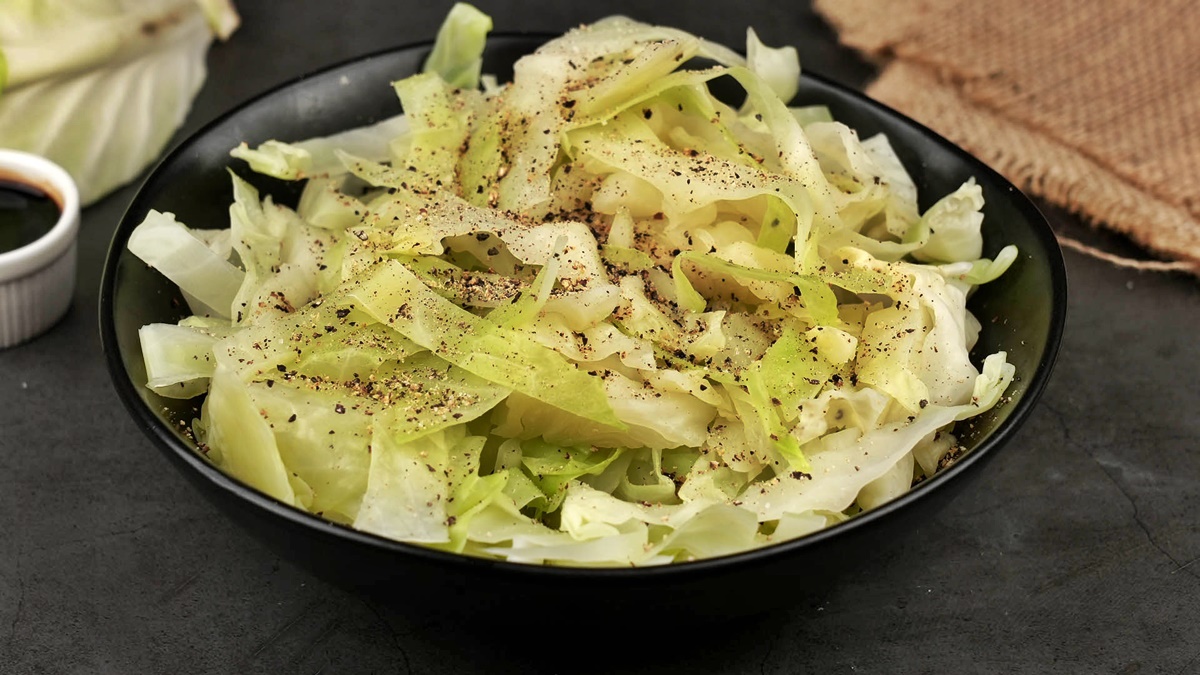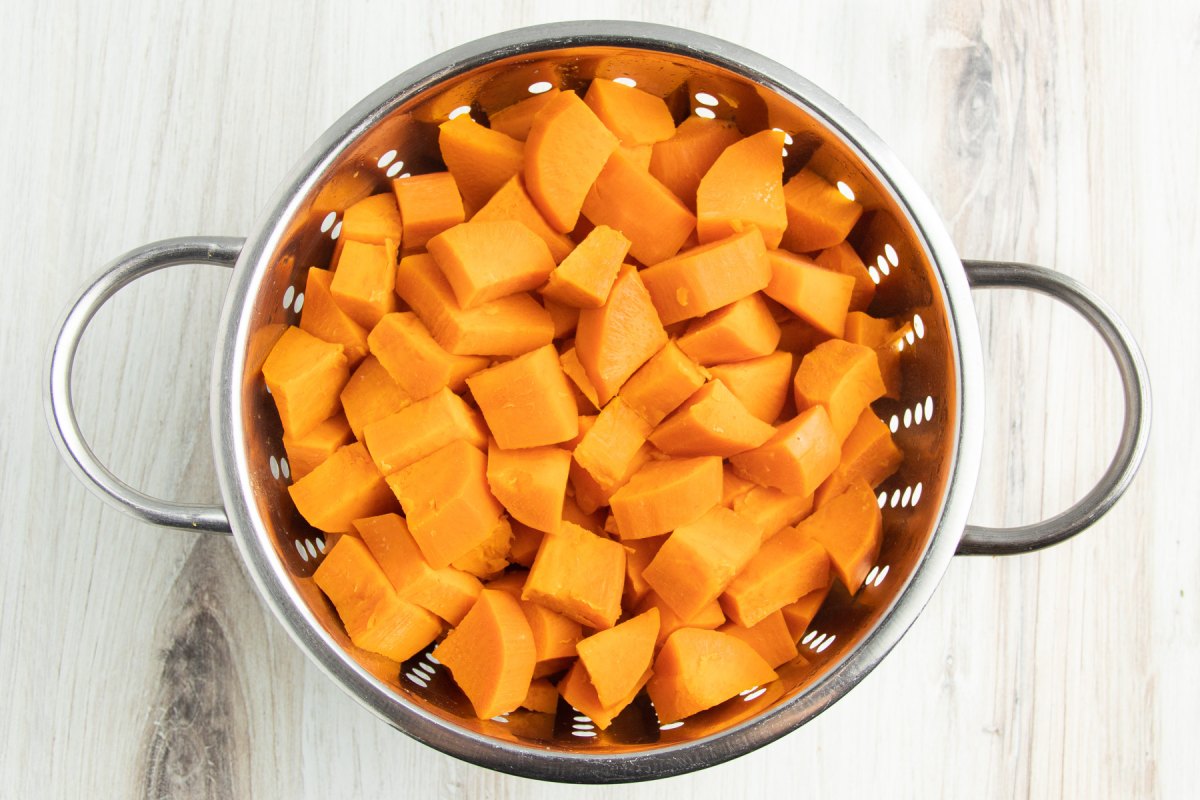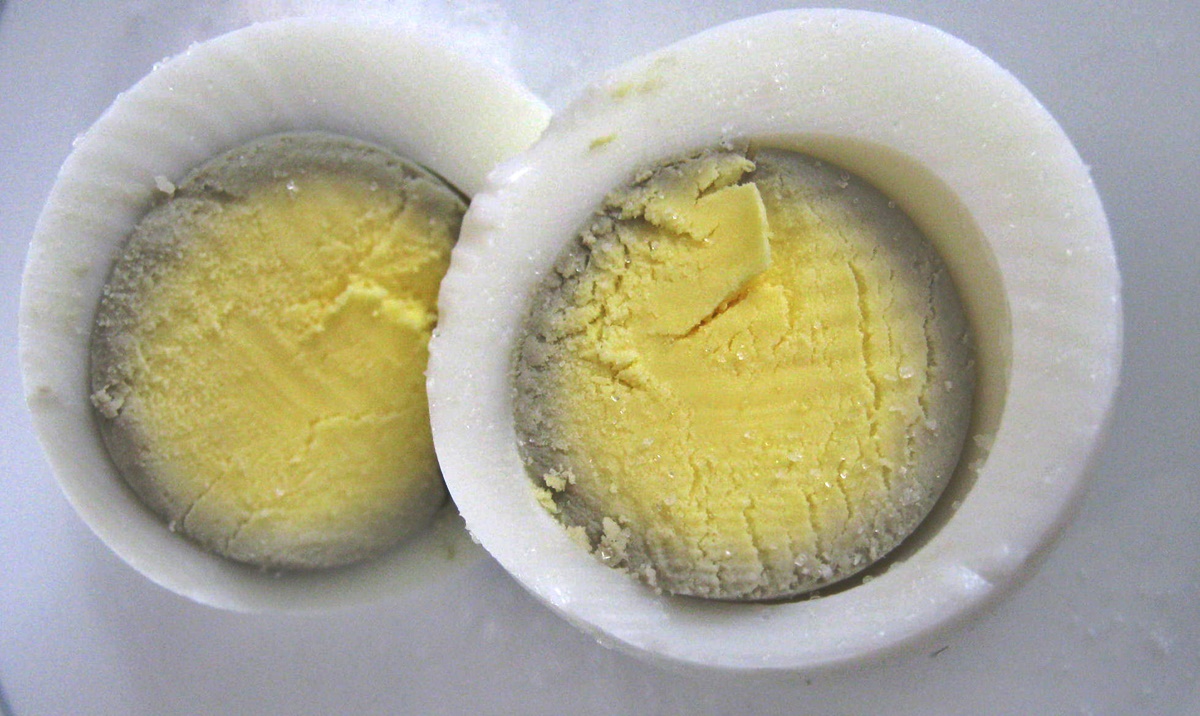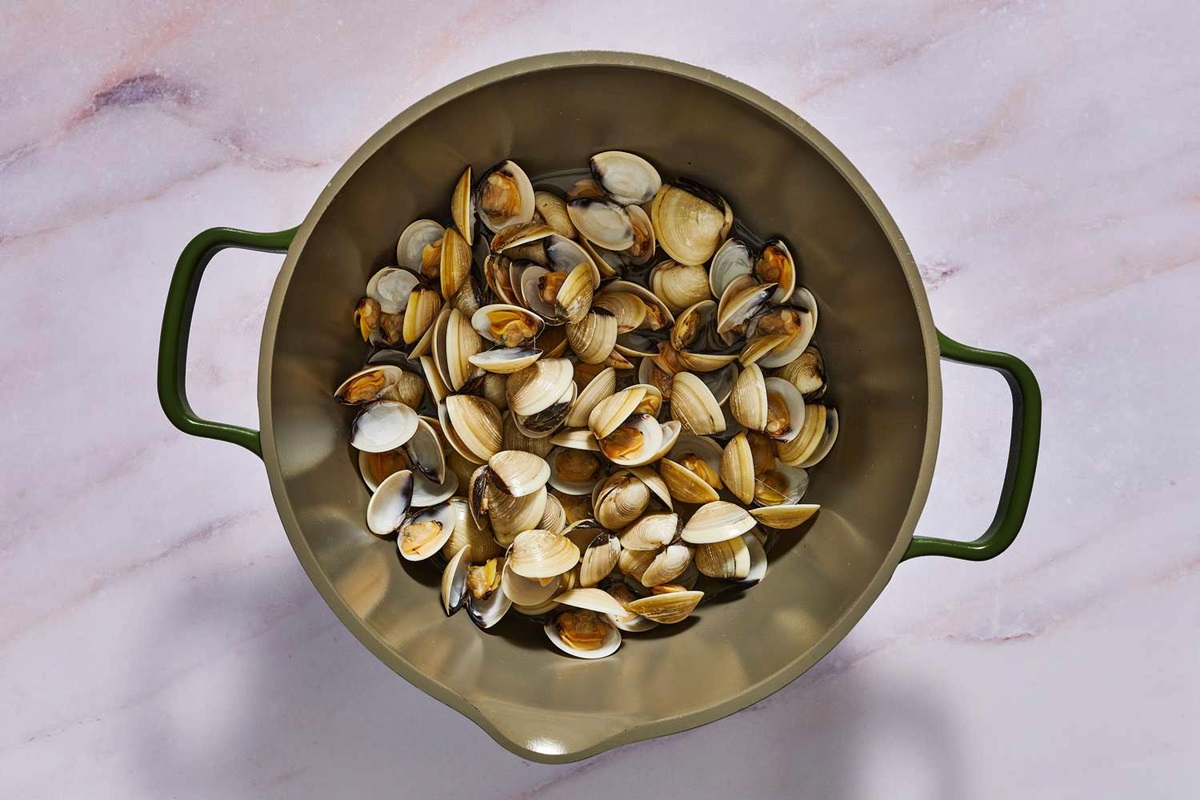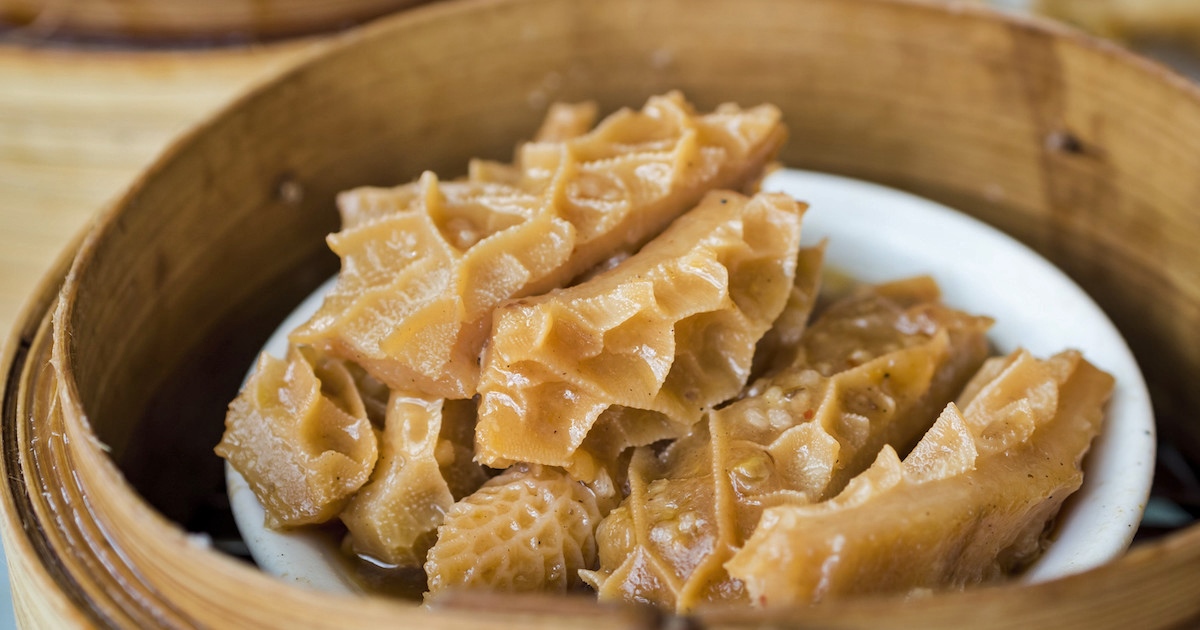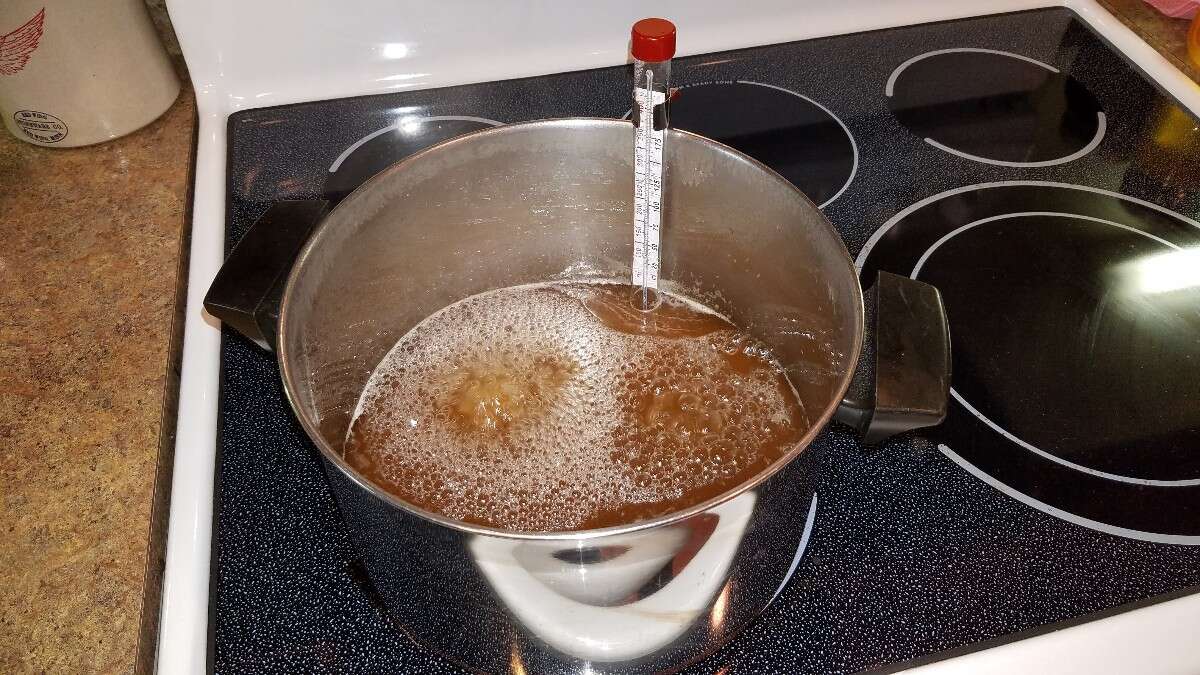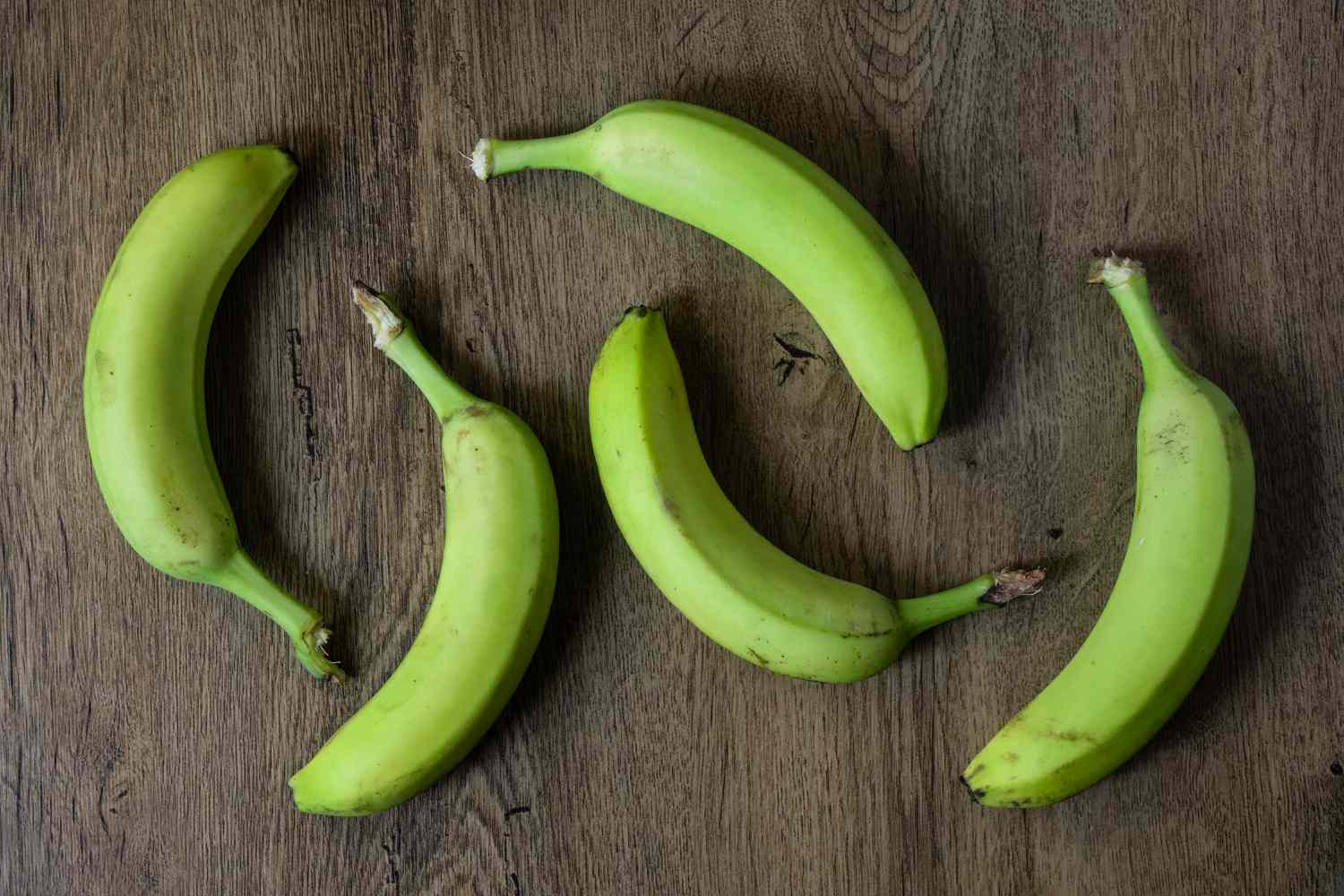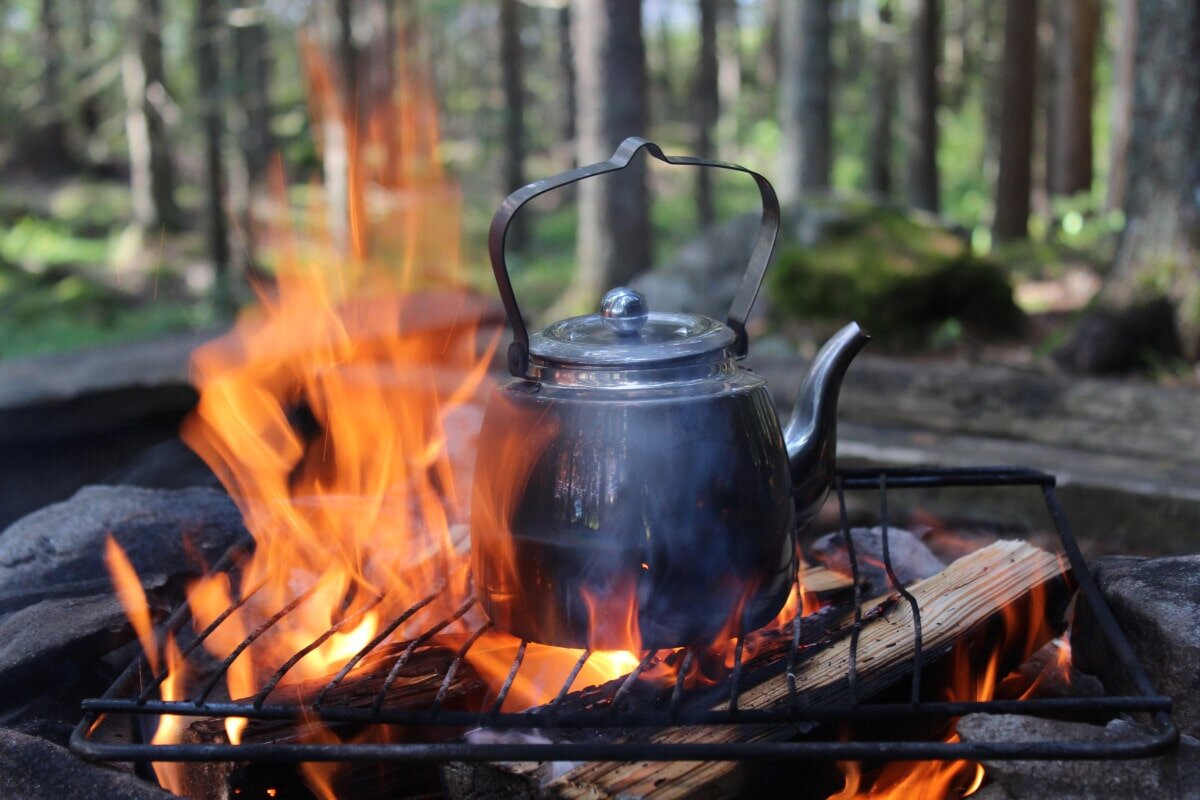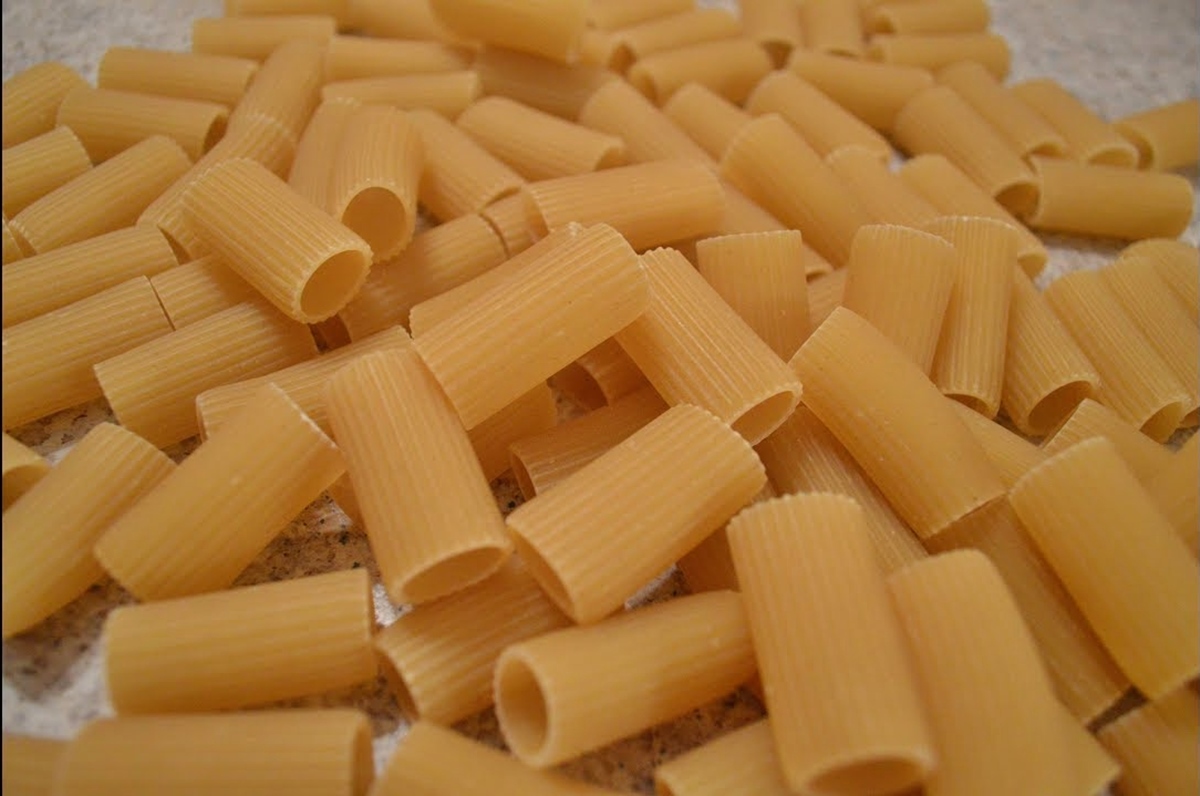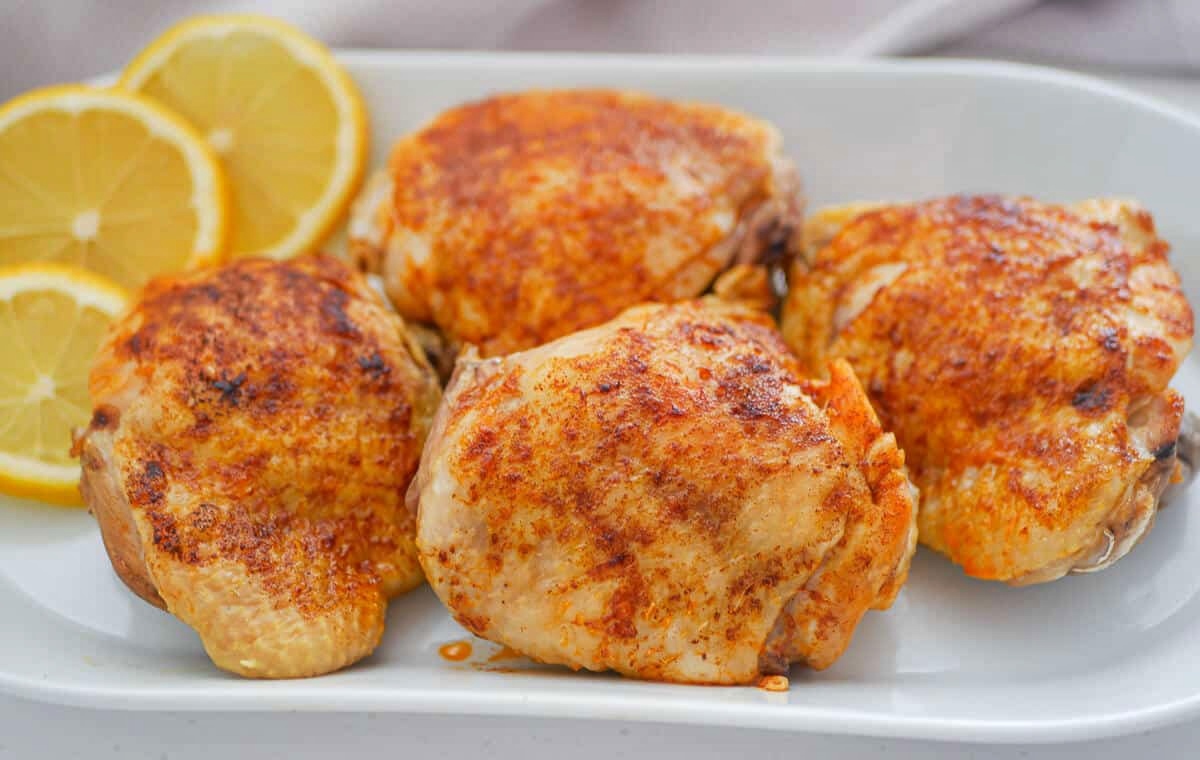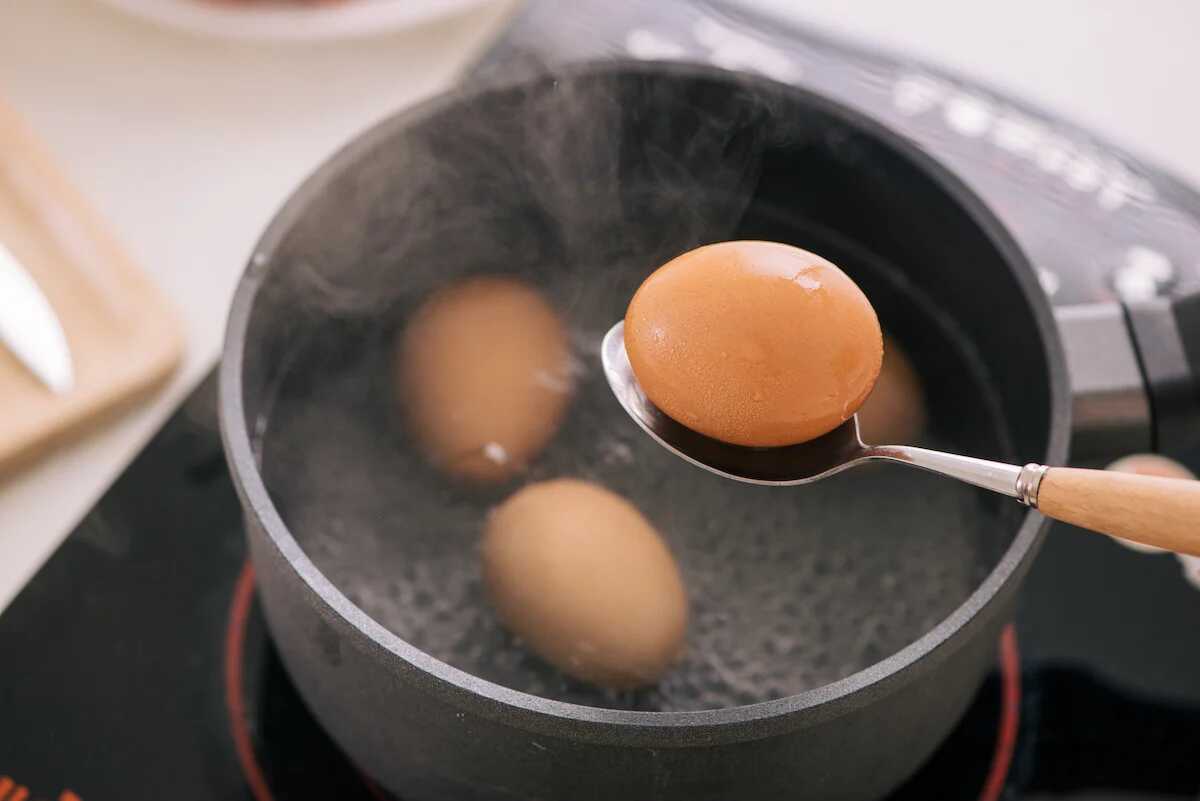How To Boil Noodles: A Step-by-Step Guide
Boiled noodles are a staple in many cuisines around the world. Whether you’re making a comforting bowl of chicken noodle soup or preparing a delicious pasta dish, knowing how to boil noodles properly is essential. In this guide, we’ll walk you through the steps to achieve perfectly cooked noodles every time.
Choose the Right Noodles
The first step in boiling noodles is to choose the right type for your dish. There are various options available, such as spaghetti, fettuccine, or ramen. Different noodles have different cooking times and textures, so be sure to read the package instructions carefully.
Boiling the Water
Bring a large pot of water to a rolling boil. It’s essential to use plenty of water to ensure the noodles have enough space to cook evenly. A general rule of thumb is to use four cups of water per serving of noodles.
Adding Salt
Once the water is boiling, add a generous amount of salt. Salting the water will enhance the flavor of the noodles. A good guideline is to add one tablespoon of salt per four cups of water.
Adding the Noodles
Gently add the noodles to the boiling water. Use a fork or tongs to separate them and prevent any clumping. Stirring occasionally during the cooking process will also help prevent sticking. Refer to the package instructions for the recommended cooking time.
Checking for Doneness
To check if the noodles are cooked to your liking, use a fork or tongs to remove a strand and take a bite. The noodles should be al dente, meaning they are cooked but still have a slight firmness when bitten. Avoid overcooking the noodles, as they can become mushy.
Draining and Rinsing
Once the noodles are cooked, it’s time to drain them. Place a colander or strainer in your sink and carefully pour the noodles into it. Rinse the noodles with cold water to stop the cooking process and remove any excess starch. This step is particularly important if you’re using the noodles in a cold salad or stir-fry dish.
Serving Suggestions
Now that your noodles are perfectly cooked, it’s time to serve them. Here are a few serving suggestions to get you started:
- Top spaghetti noodles with your favorite marinara sauce, grated Parmesan cheese, and fresh basil.
- Create a comforting bowl of chicken noodle soup by adding the cooked noodles to a flavorful broth along with diced vegetables and shredded chicken.
- Toss fettuccine noodles with a creamy Alfredo sauce and garnish with chopped parsley and cracked black pepper.
- Make a quick and easy stir-fry by sautéing cooked ramen noodles with your choice of vegetables, protein, and a flavorful sauce.
Now that you have mastered the art of boiling noodles, get creative and experiment with different flavors and cuisines. With these simple steps, you’ll be able to enjoy delicious, perfectly cooked noodles in no time!
Was this page helpful?
Read Next: How To Boil Pasta
